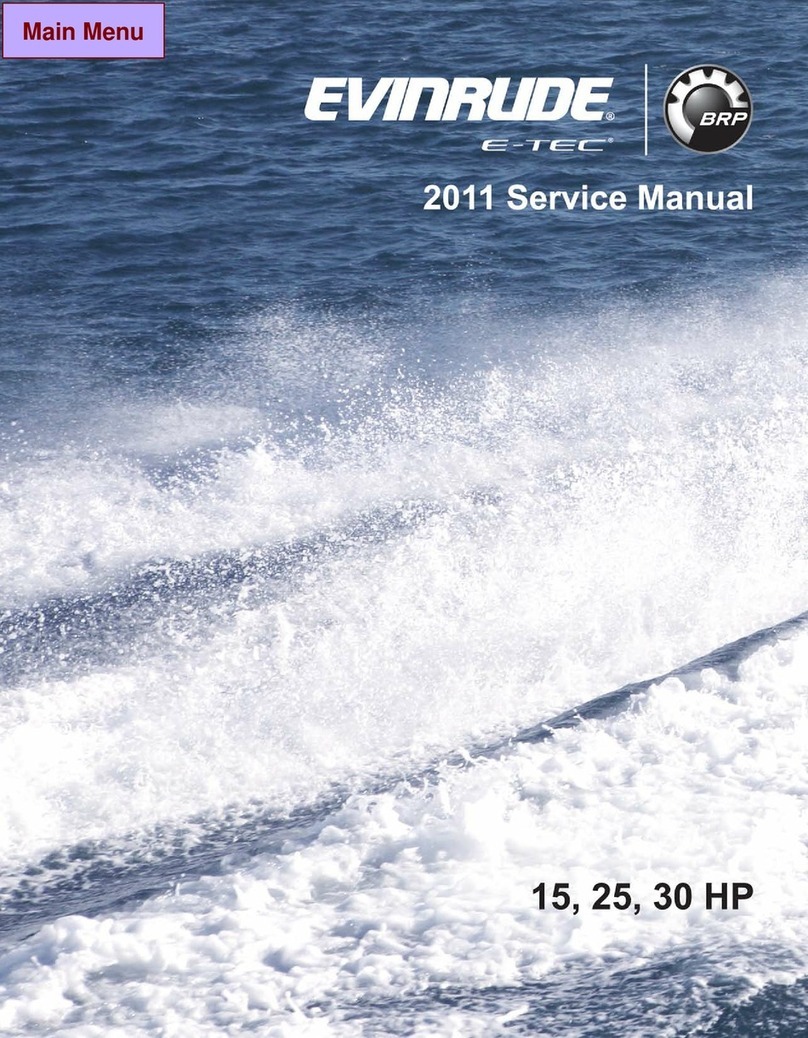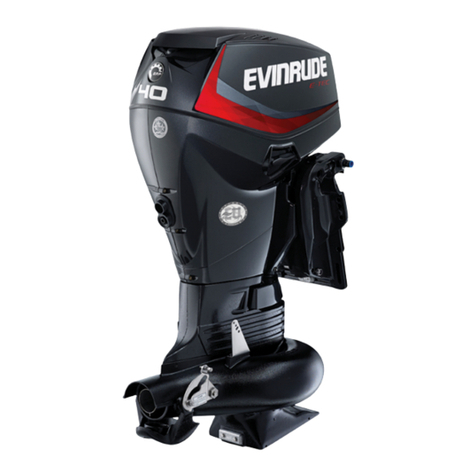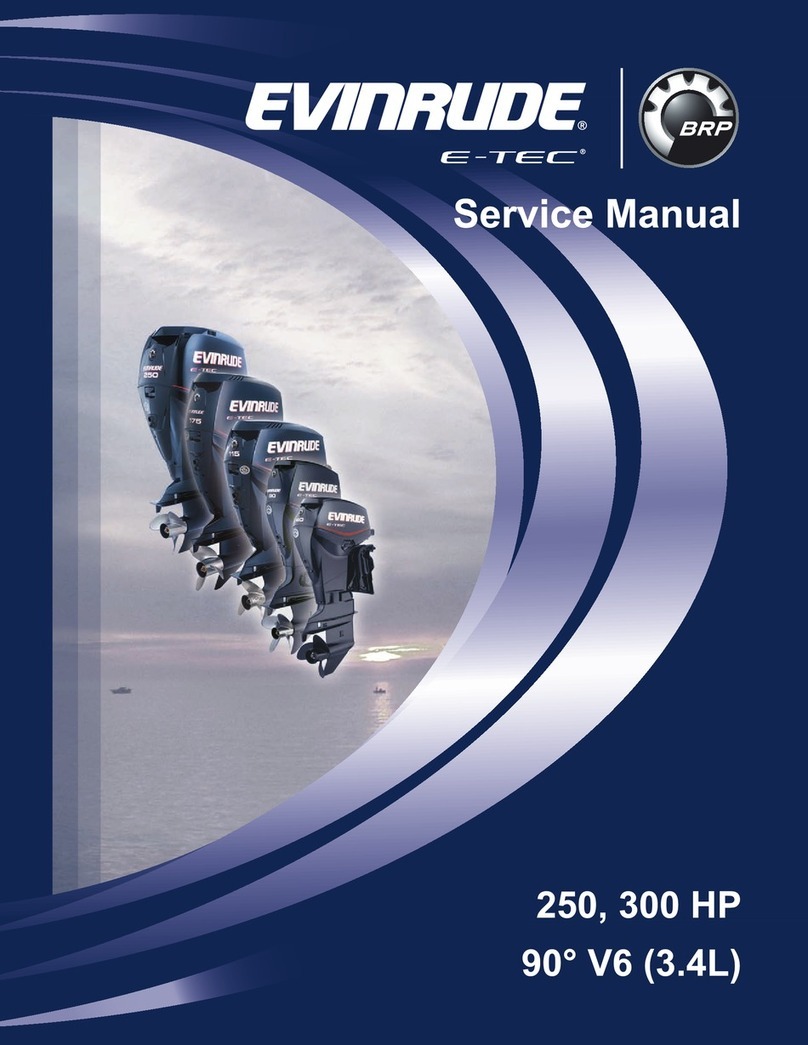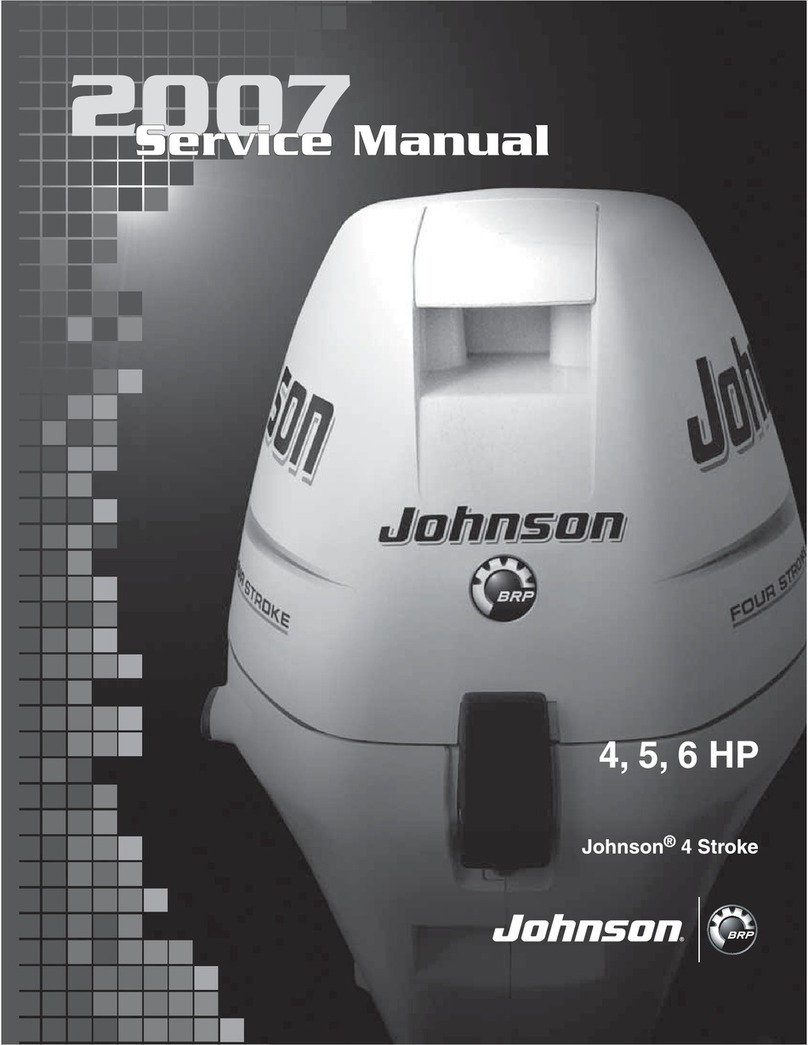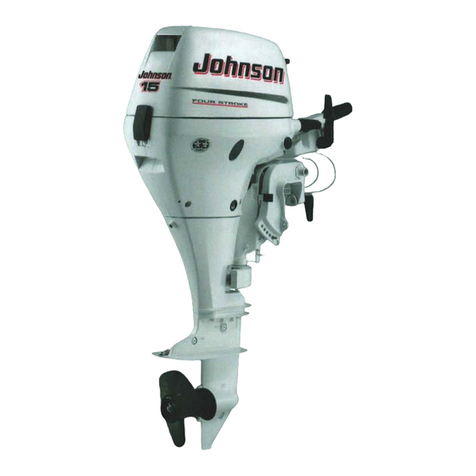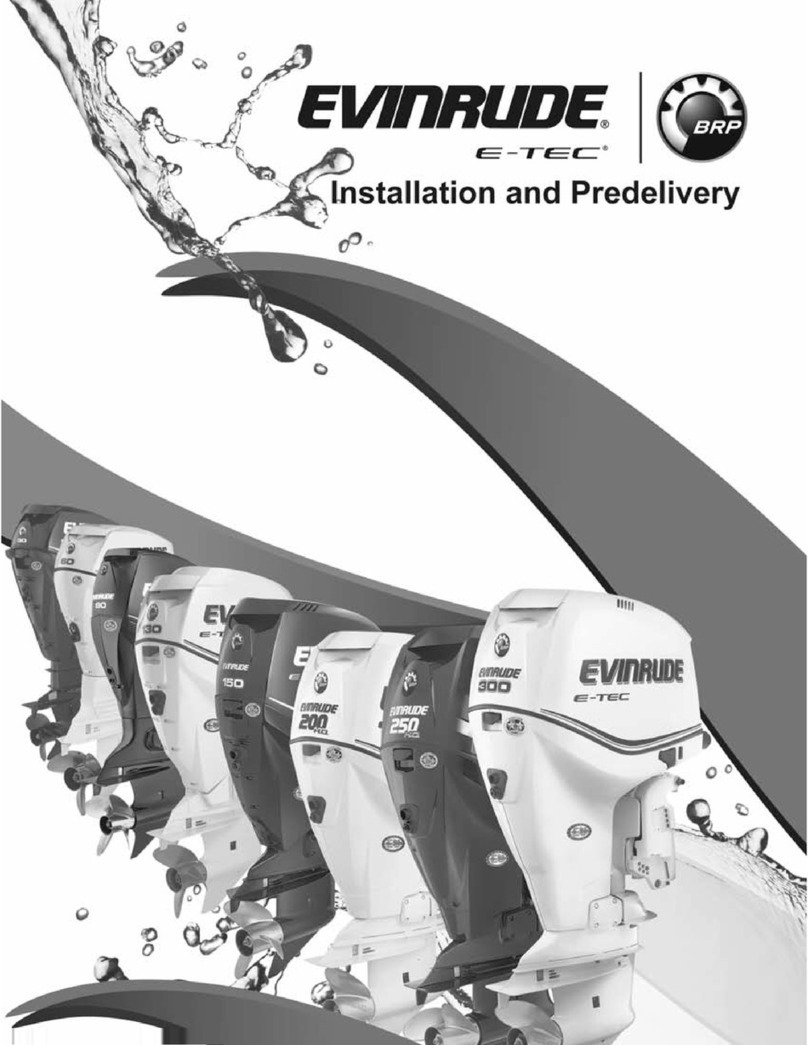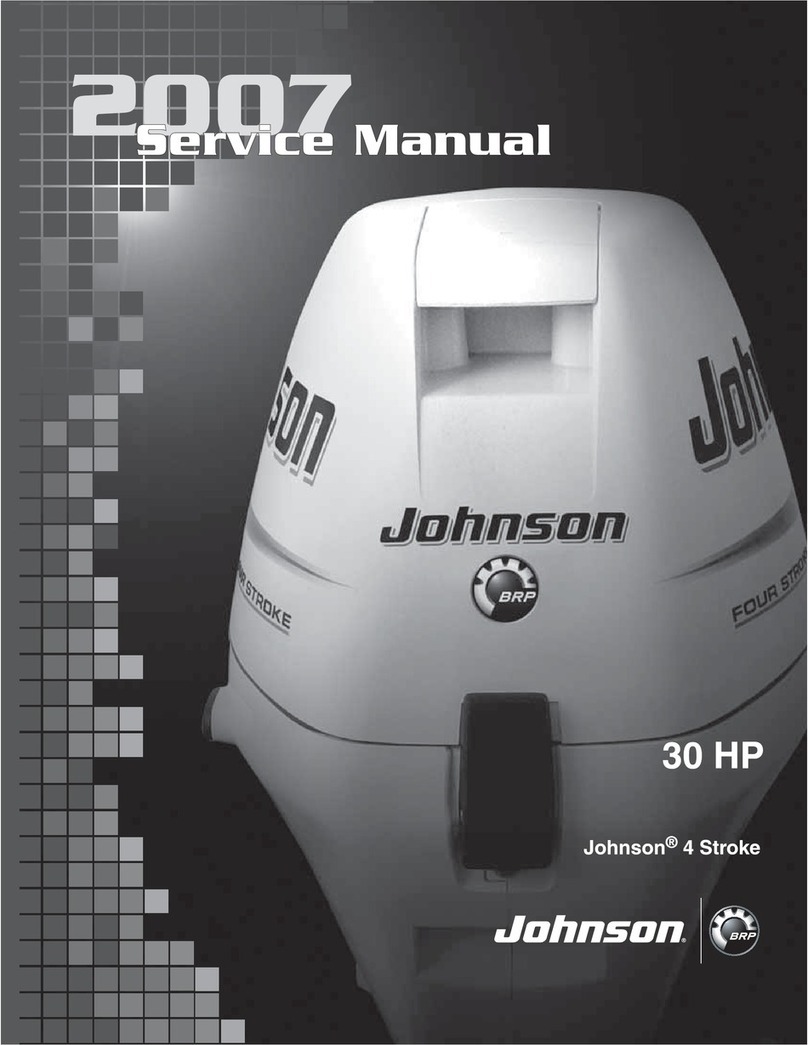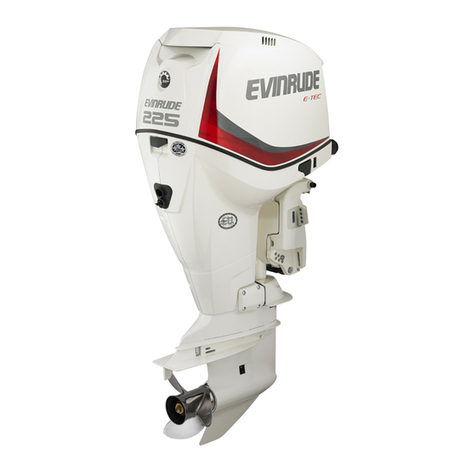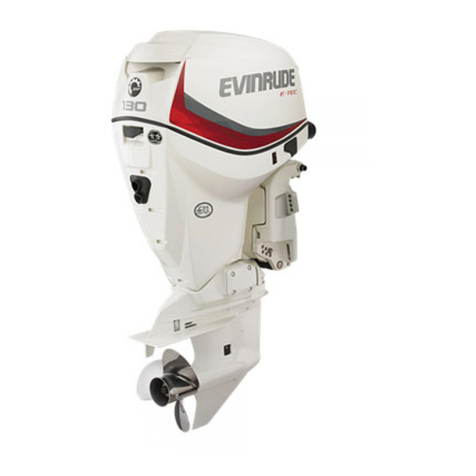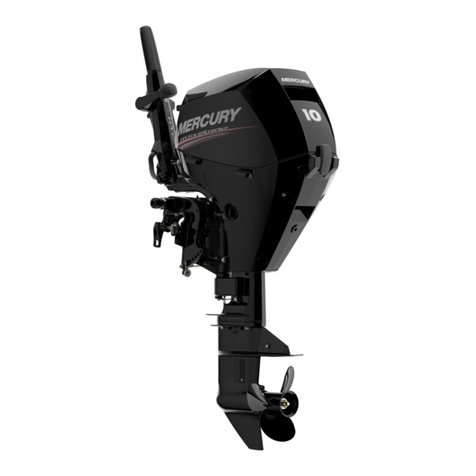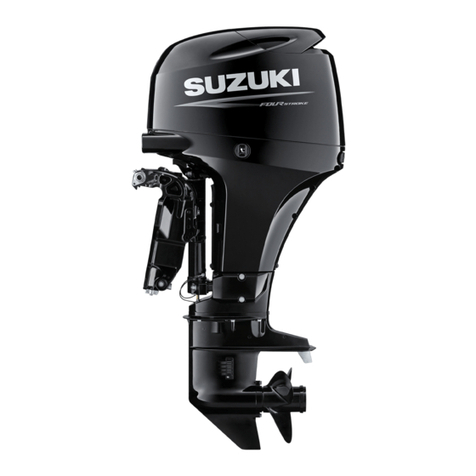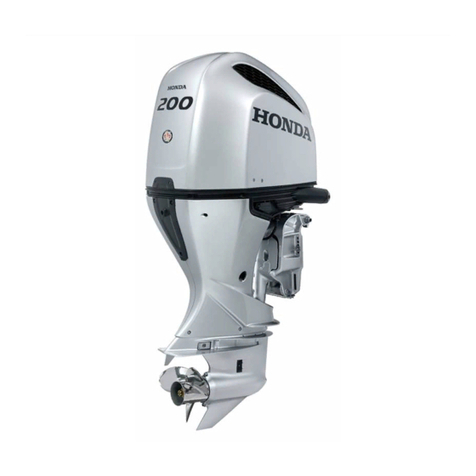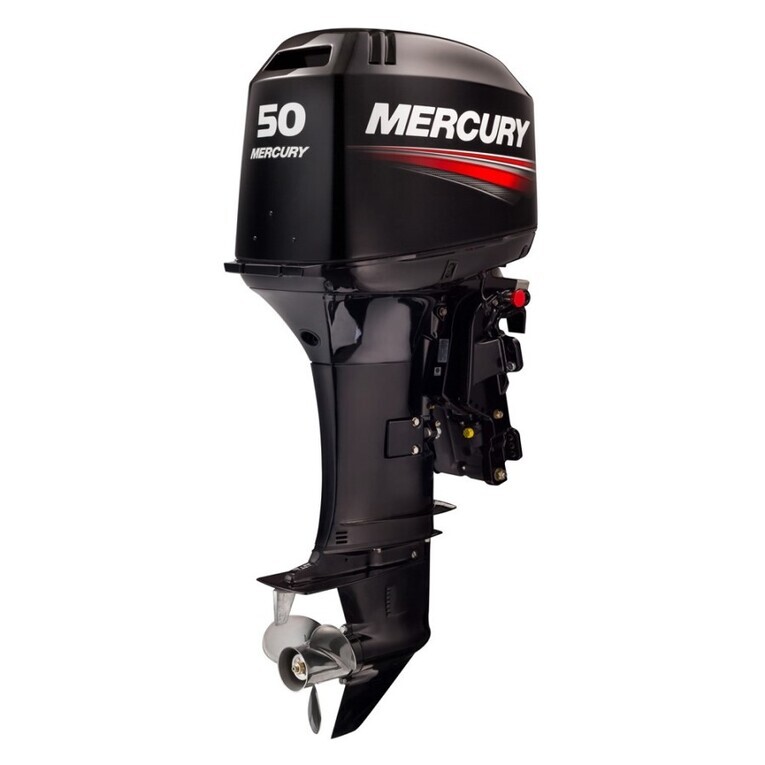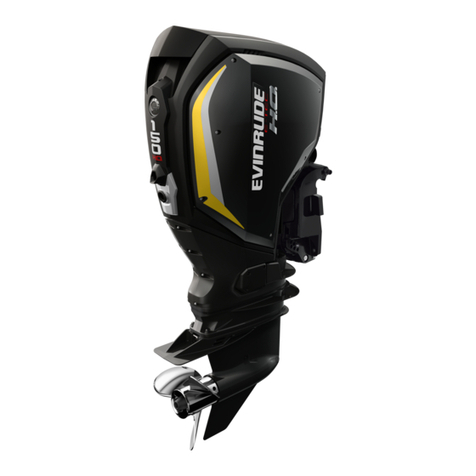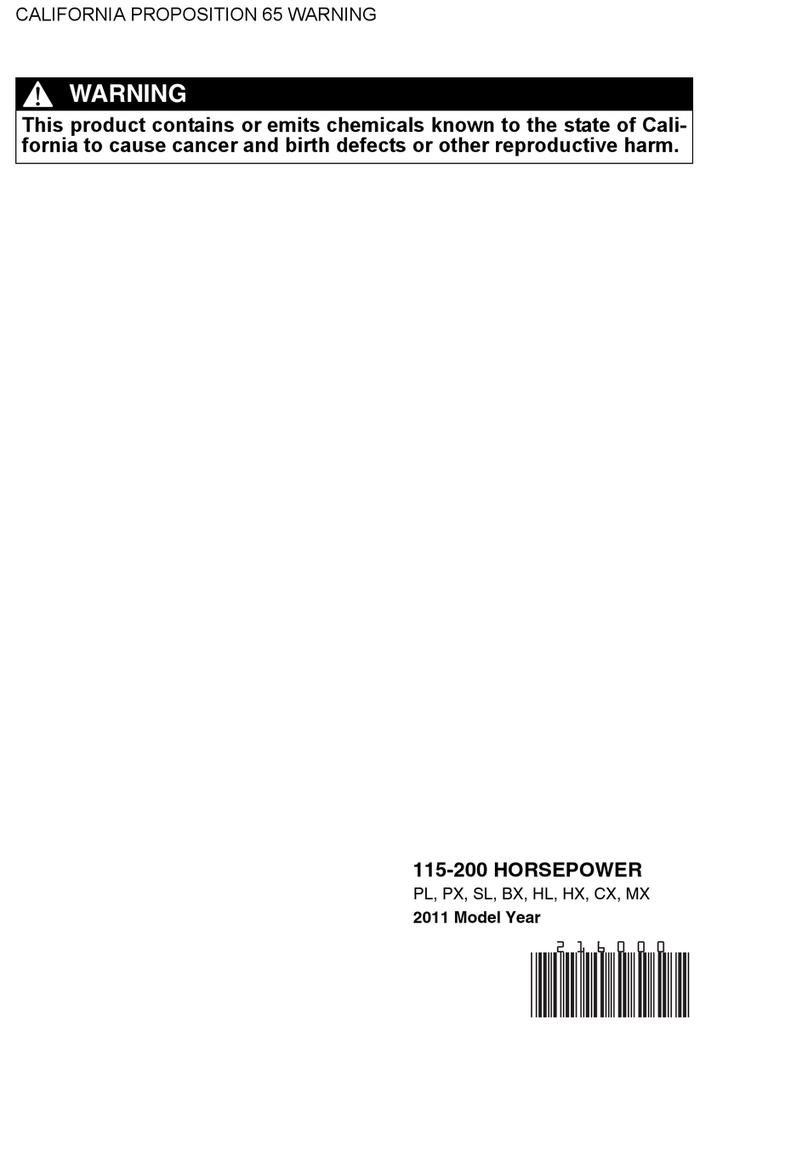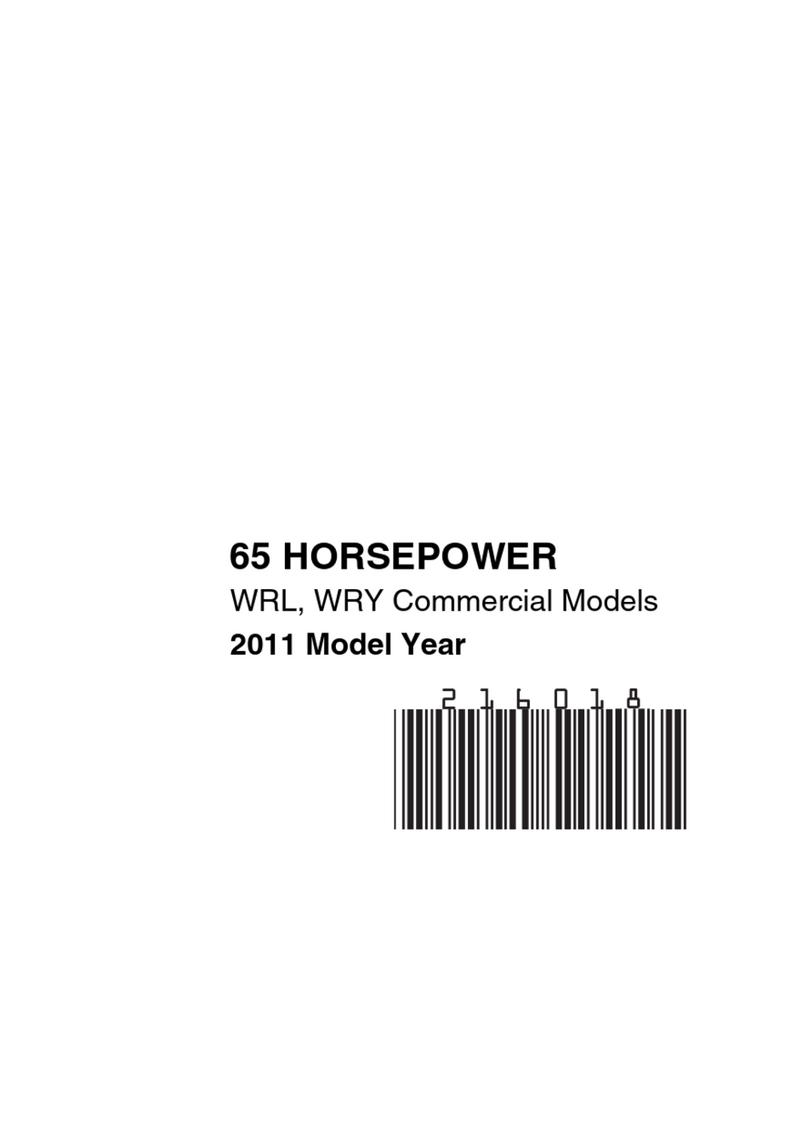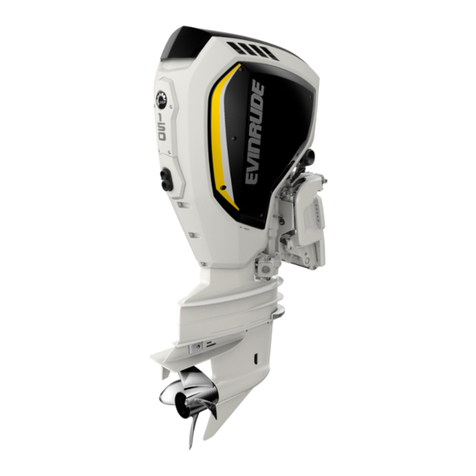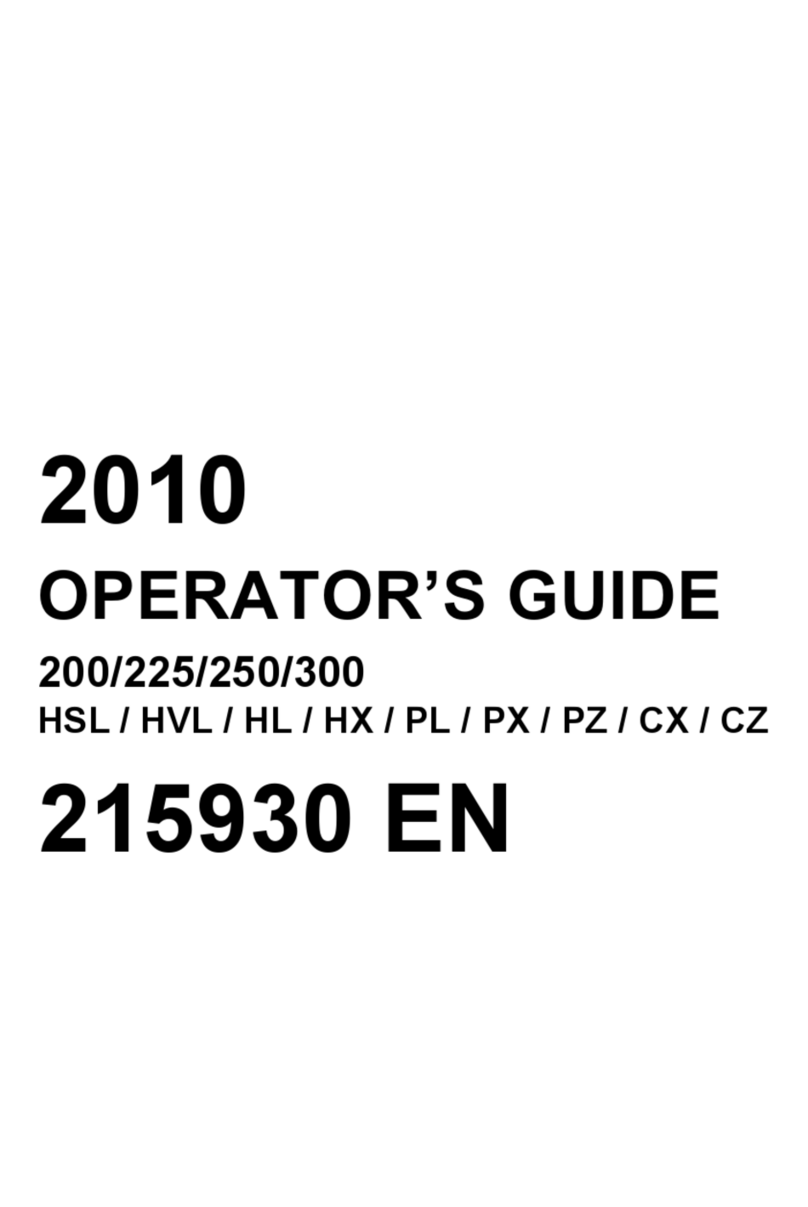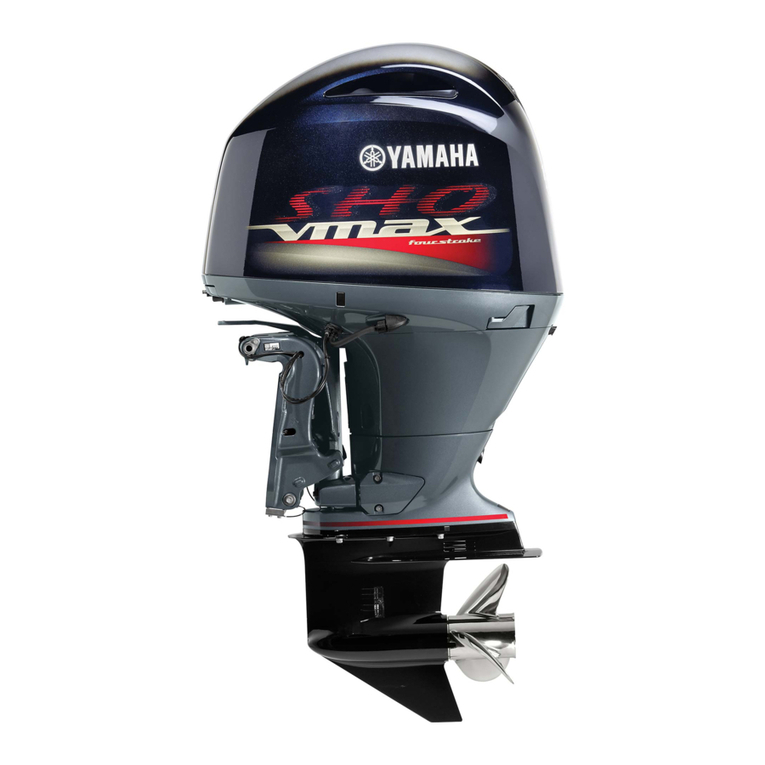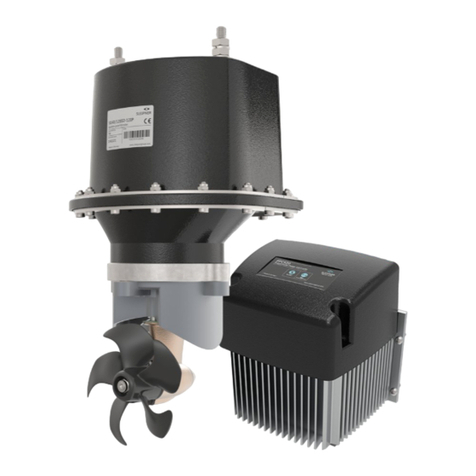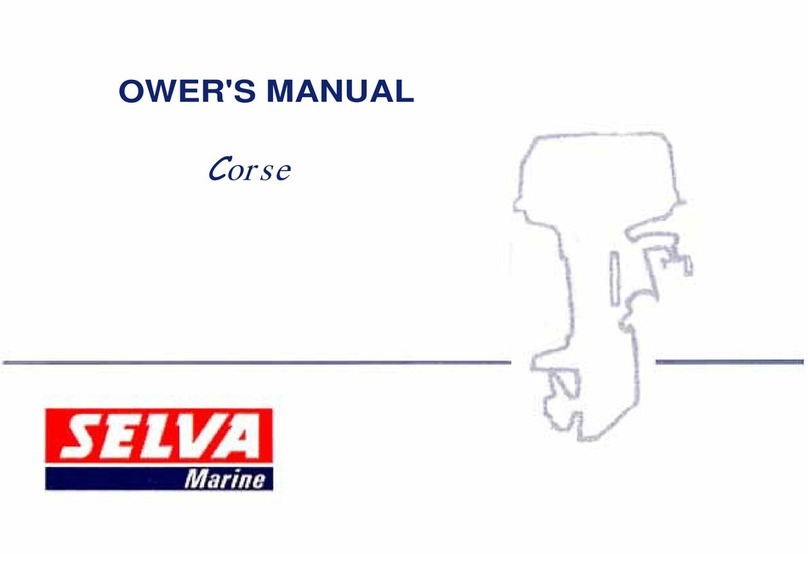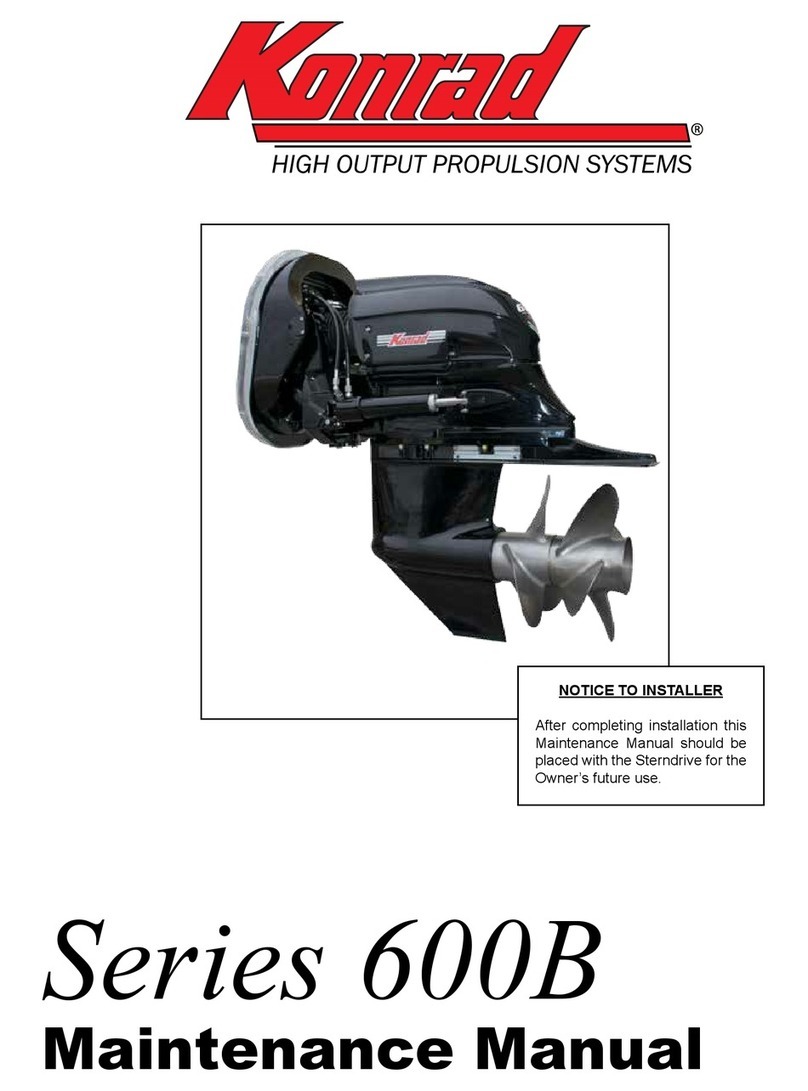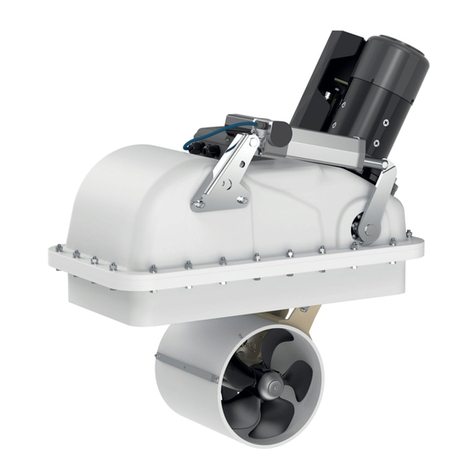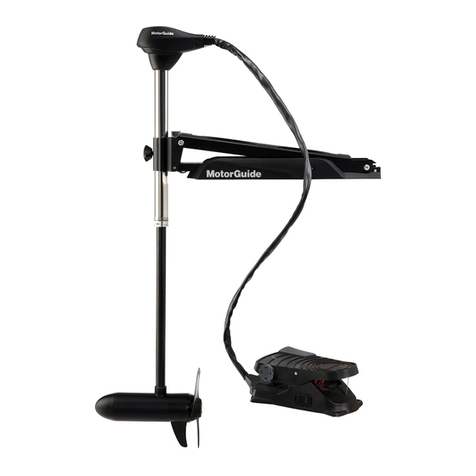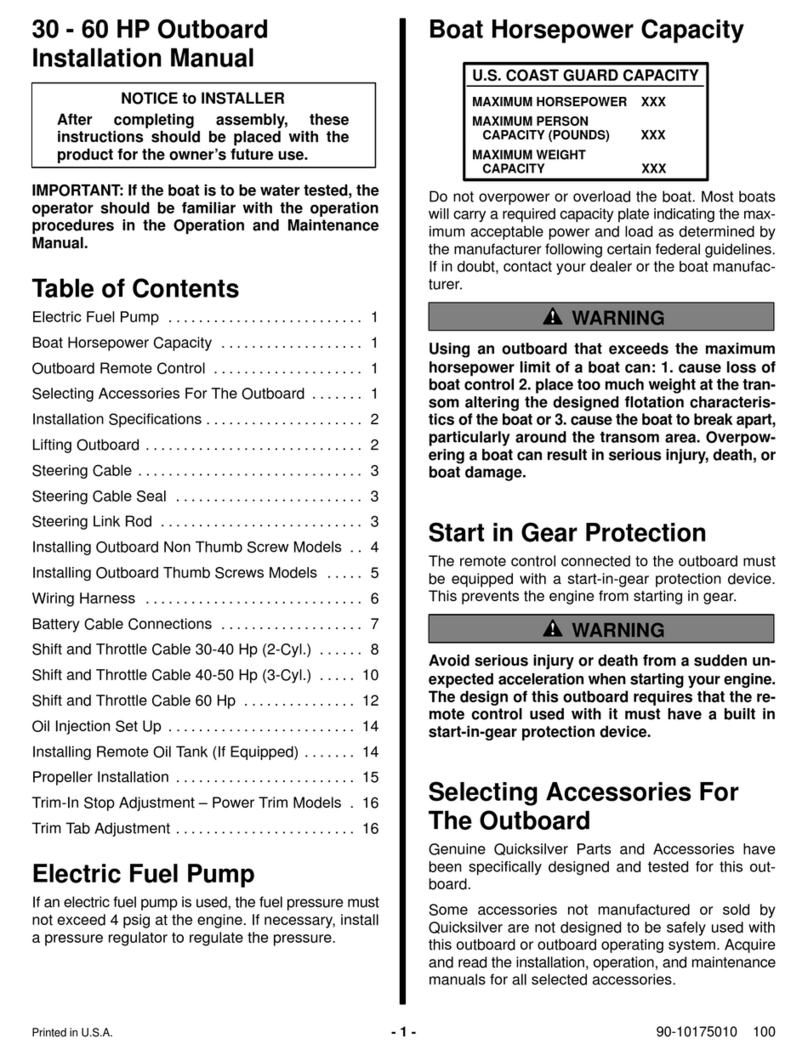
7
INSTALLATION & PREDELIVERY
EMISSION-RELATED INSTALLATION INSTRUCTIONS
EMISSION-RELATED
INSTALLATION
INSTRUCTIONS
Failing to follow these instructions when
installing a certified engine in a vessel violates
federal law (40 CFR 1068.105 (b)), subject to
fines or other penalties as described in the
Clean Air Act.
Maintenance, replacement, or rep air of the emis-
sion control de vices and systems ma y be per-
formed by any ma rine SI (sp ark ig nition) engine
repair establishment or individual.
Manufacturer’s Responsibility
Beginning with 1999 model year o utboards, man-
ufacturers o f ma rine outboards must de termine
the exha ust emissio n levels for each outbo ard
horsepower family and certif y the se o utboards
with the Unite d States of America Environmental
Protection Age ncy (EP A). An emissions control
information labe l, showing emission leve ls a nd
outboard specifications, mu st be placed o n each
outboard at the time of manufacture.
Dealer’s Responsibility
When pe rforming service on all 1 999 a nd more
recent Evinrude/Johnson outboards that carry an
emissions control information la bel, adjustments
must be kept with in pub lished factory specifica-
tions.
Replacement or repair of any emission rela ted
component must b e exe cuted in a manne r that
maintains emission levels within the prescrib ed
certification standards.
Dealers are not to mo dify the outbo ard in an y
manner th at would alter the horsepower or allow
emission levels to excee d their predete rmined
factory specifications.
Exceptions include manu facturer’s prescrib ed
changes, such as altitude ad justments, for exa m-
ple.
Owner’s Responsibility
The owner/operator is required to have outboa rd
maintenance performed to maintain emission lev-
els within prescribed certification standards.
The owner/operator is not to, and should not allow
anyone to, modify the outboard in any manner
that wo uld a lter th e horsepower or a llow e mis-
sions levels to exceed their predetermined factory
specifications.
Tampering with the fuel system to change horse-
power or mo dify emission levels beyond fa ctory
settings or specifications will void the product war-
ranty.
EPA Emission Regulations
All new 19 99 and more recent Evinrude/Johnson
outboards are certified to the EPA as confo rming
to the requirements of the regulations for the con-
trol of air pollutio n from new watercraf t marine
spark ignition outboards. This certification is con-
tingent on certain adjustments being set to factory
standards. For this reason, the factory procedure
for servicing the product must be strictly followe d
and, whe never pra ctical, ret urned to the original
intent of the design. The responsibilities liste d
above are gen eral and in no way a comple te list-
ing of the r ules and reg ulations pert aining to th e
EPA re quirements on e xhaust emissions for
marine products. For more detailed information on
this subject, you may cont act th e fo llowing loca-
tions:
VIA U.S. POSTAL SERVICE:
Office of Mobile Sources
Engine Programs and Compliance Division
Engine Compliance Programs Group (6403J)
401 M St. NW
Washington, DC 20460
VIA EXPRESS or COURIER MAIL:
Office of Mobile Sources
Engine Programs and Compliance Division
Engine Compliance Programs Group (6403J)
501 3rd St. NW
Washington, DC 20001
EPA INTERNET WEB SITE:
www.epa.gov
